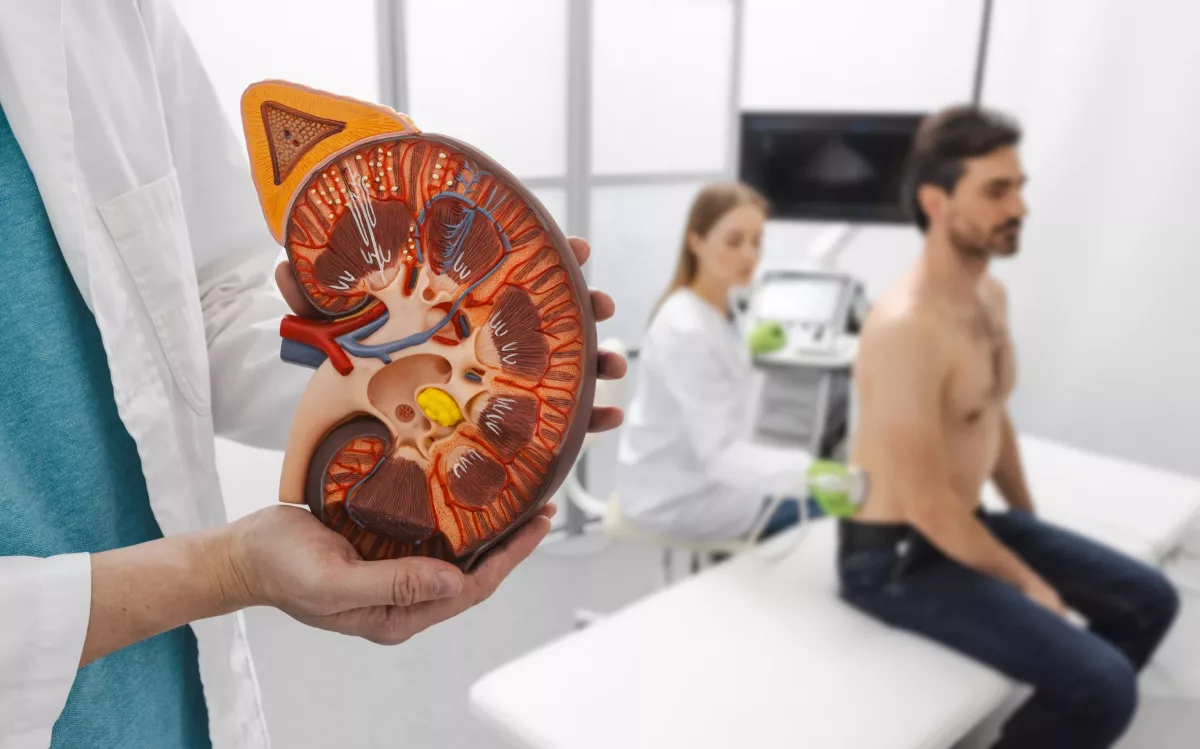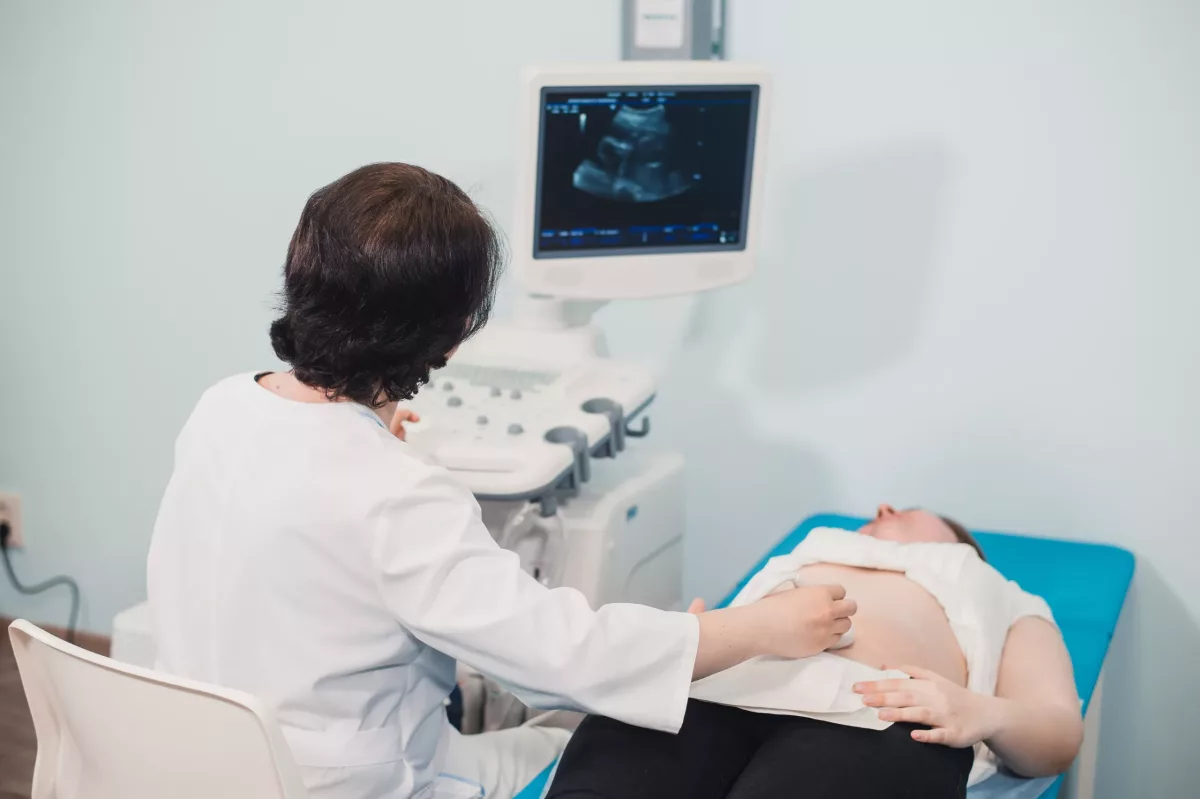A condition in which a blockage of one or both ureters (tubes that carry urine from the kidneys to the bladder) is called ureteral obstruction. Fortunately, this condition can be cured. However, if you ignore the symptoms and do not get treatment, it may lead quickly from mild pain, fever, and infection to severe loss of kidney function, sepsis, and death.
This condition happens quite commonly. Moreover, people often do not experience severe complications because the condition is curable.
Symptoms
In the early stages, this condition does not cause any symptoms. It often depends on where exactly the condition occurs, how fast it develops, and whether it affects one or both kidneys. Check below some symptoms of ureteral obstruction:
- Difficulty urinating
- Pain
- Changes in how much urine is produced by the body
- Blood in the urine
- Urinary tract infections (UTIs)
- Hypertension (high blood pressure)
Seek medical help immediately if any of the following symptoms occur. For example:
- Pain along with nausea and vomiting, or fever and chills
- Severe pain
- Little or lack of urination
Causes
The causes of ureteral obstruction are different according to the type of condition you experience. Some types are present at birth (also called congenital). Check below some examples:
- A second ureter – This condition is often present at birth and causes two ureters to form on the same kidney. At the same time, the second kidney does not fully develop. As a result, the urine may back up in the kidney and cause damage.
- A blockage in the ureteropelvic junction – In such cases, a blockage occurs where the ureter connects to the kidney or bladder. Thus, a person with this type of ureteral obstruction may experience kidney swelling and even loss of function. However, this type of condition can be present at birth but may also occur due to an injury, scarring, or tumor (rarely).
- Ureterocele – This type of condition occurs when a small bulge (ureterocele) forms in the ureters when they are too narrow. These narrow ureters can cause the urine backup in the kidney, causing damage.
- Retroperitoneal fibrosis – This type of ureteral obstruction occurs rarely when fibrous tissue begins to grow in the abdominal area. This fibrous tissue usually appears due to cancer tumors, certain medications used to treat migraines, and other factors.
In addition, there are multiple causes intrinsic (inside) or extrinsic (outside) that may also cause ureteral obstruction. Check some examples below:
- Kidney stones
- Blood clots
- Enlarged lymph nodes
- Internal tissue growth (including endometriosis)
- Benign (noncancerous) or malignant (cancerous) tumors
- Chronic swelling of the ureter wall is often caused by tuberculosis or a parasite infection (such as schistosomiasis)
Risk Factors
There are some congenital health conditions that significantly increase the risk of developing ureteral obstruction. Moreover, kidney stones, blood clots, tumors, certain tissue growth, and enlarged lymph nodes also elevate the risk of developing this condition.
The most dangerous complications of ureteral obstruction include urinary tract infections, permanent kidney damage.
Diagnosis
Healthcare professionals usually perform a routine prenatal ultrasound that can identify ureteral obstruction during pregnancy (before birth). This imaging test can show various details about the developing fetus (including the kidneys, ureters, and bladder).
If your healthcare professional suspects you have ureteral obstruction, he/her may perform the following tests to diagnose it. Examples include:
- Blood and urine tests – These tests are often done to check for the presence of Creatinine and infection symptoms, which indicate that the kidneys are not working properly.
- Ultrasound – This is an imaging test used to see the kidneys and ureters.
- Bladder catheterization – It is often performed when the urine flow is blocked. During this procedure, doctors use a small tube (catheter) that is inserted into the bladder through the urethra.
- Renal nuclear scan – This test involves a small amount of radioactive material in the arm.
- Cystoscopy – This test involves a small and flexible tube with a lighted camera on the end that is inserted into the urethra through a small cut (incision).
- Other imaging tests – For example, an MRI (magnetic resonance imaging) scan is used to get detailed images of the urinary system, or a CT (computerized tomography) scan that is used to get cross-sectional pictures of the kidneys, ureter, and bladder.
Treatment
The treatment goal is to remove blockages and repair kidney damage. It often includes antibiotics to clear infections. Check below some treatments often recommended by doctors:
Drainage Procedures
If you experience severe pain, doctors often recommend certain immediate procedures to remove urine from the body. For example:
- Ureteral stents – This is a hollow tube that helps keep the ureters open.
- Percutaneous nephrostomy – During this procedure, doctors use a tube that is inserted into the kidney directly through your back to drain it.
- A catheter – This is a specific tube that is inserted into the urethra to connect the bladder with an external drainage bag.
Surgery
There are multiple surgeries used to treat ureteral obstruction. Check below some of them:
- Endoscopic surgery – This is a minimally invasive procedure that involves a lighted scope. It passes through the urethra to the bladder or another part of the urinary system. Thereafter, surgeons will make an incision in the damaged or blocked part of the ureter to widen that area and place a stent. Endoscopic surgery can be used to diagnose as well as treat the condition.
- Open surgery – In such cases, surgeons will make a large cut in the abdominal region to remove the blockage or repair the damaged ureter.
- Laparoscopic surgery – It is also a minimally invasive surgery that involves a laparoscope (a small and flexible tube with a lighted camera on the end).
- Robot-assisted laparoscopic surgery – This surgery involves a robotic system while the surgeon performs a laparoscopic procedure.
Frequently Asked Questions
How do you treat a ureteral obstruction?
Some people with this condition do not experience symptoms and may not need treatment. However, when ureteral obstruction causes pain, you may need immediate treatment that helps lessen pain and remove blockages. Healthcare professionals usually use a hollow tube that helps maintain the ureter open.
What is the survival rate for ureteral obstruction?
There is a type of obstructive uropathy called malignant ureteral obstruction that is often caused by intrinsic or extrinsic malignancies. Generally, the survival rate for this type of condition is between 3 to 7 months.
What are the symptoms of ureteral damage?
When your ureters are damaged, you may experience the following symptoms. Examples include:
Go to the nearest emergency room or call 911 in the U.S. if any of the previous symptoms happen.




